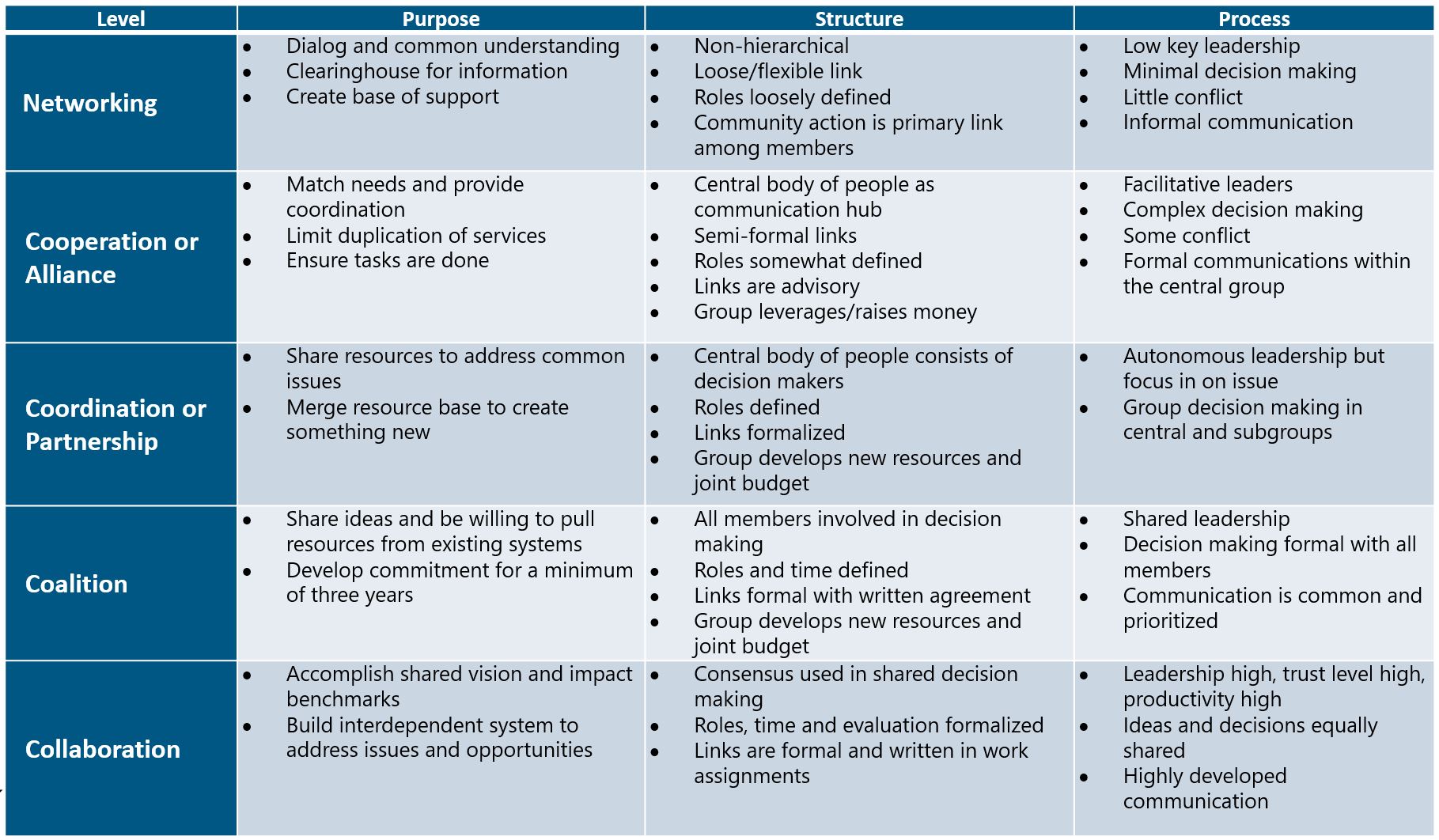Are We In This Together?

As our store shelves are being rapidly emptied of food, hand sanitizer, medicines, masks and other ‘essentials,’ I have been thinking about the choices we make and the ways in which we conduct ourselves in our community.
Adam Smith famously once said, “It is not from the benevolence of the butcher, the brewer, or the baker that we expect our dinner, but from their regard to their own interest.” Essentially, Smith argues that these actors, working in their own self-interest, results in our ability to make our dinner without the burden of having to grow all of the necessary components. You farm, I eat. Seems simple.
Yet, here we are in the face of a growing global medical emergency and people are creating scarcity and leaving their neighbors without access to goods that they might need in the immediate future. We are being asked to partake in ‘social distancing’ for our own good. We must separate and act individually (washing hands, staying home if we are ill, etc.) and that should translate into a greater good.
Obviously, the situation surrounding the coronavirus outbreak is extreme. Then again, if we abstract to our experiences in community development, what happens in our communities when someone or some group comes up with an idea and wants to actively address a specific situation? Often, stakeholders and decision-makers become their own worst enemy and nothing gets done because of resources (who controls), recognition (who gets), regulation (who oversees) and reliability (who can).
On the face of it, collaboration seems like a natural state. The problem exists and we need to work together to solve it. As we all know, it isn’t that easy. One reason is that we frequently do not recognize everything that goes into a successful collaboration.
In the early 1990s, Teresa Hogue authored an often-cited piece, “Community Based Collaboration Community Wellness Multiplied.” This seminal work lays out for us the key ingredients needed to work your way up the collaboration ladder. The rungs of the ladder include:
Networking – sharing information
Cooperating – sharing activities
Partnership – sharing resources
Coalition – sharing systems of support
Collaboration – creating new systems
The ingredients can be found in this graphic adapted from the original paper:

Hogue lays out for us the component parts associated with the Purpose, Structure and Process involved in each rung of the collaboration ladder. Take a close look and you will see that getting to collaboration requires many steps, decisions and – most of all – trust. It does not happen overnight. Trust is built and earned.
As we navigate through these critical few weeks, take some time to think about all of the rungs of the collaboration ladder and how your activities might be enhanced by effectively reaching out to the right people at the right time and in the right way. How might your willingness to reach out create an opportunity to effect change and create positive impacts?


